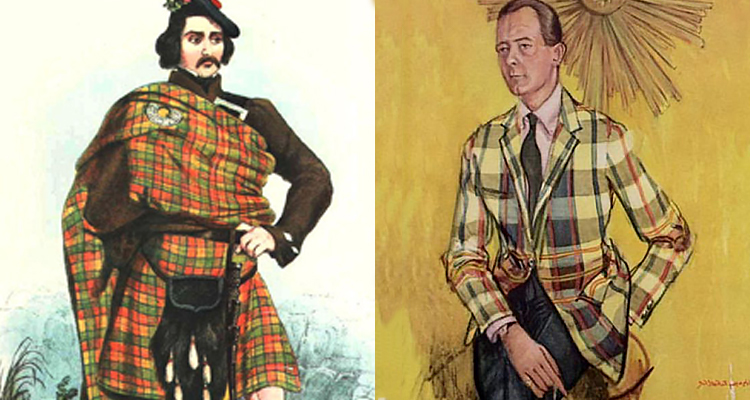The Art Of Noise
Some notes on the information theory of style
In 1948 a young mathematician of rare genius named Claude Shannon published a paper for the Bell Telephone Company entitled "A Mathematical Theory of Communication". In its pages he tackled the knotty problem of information transmission.
For the good burghers of Bell this was timely advice. Shannon used the new science of probability theory to lay the groundwork for digital telephony and eventually, the internet. One of the breakthroughs of this new 'information theory' was Shannon's realisation that the uncertainty, or entropy contained within a message could be quantified, and so controlled.
Entropy is the irreversible process of useful energy becoming useless. The heat coming from your car exhaust is cooler and considerably less useful than the heat inside your engine, and that process is irreversible.
“As all good audio engineers know, noise is irreversible. Once it's there in your recording, you can't get it back out. All you can do is disguise it, as everybody who ever had a Dolby Noise Reduction button on their stereo in the eighties will recall.”
Now, as all good audio engineers know, noise is irreversible too. Once it's there in your recording, you can't get it back out. All you can do is disguise it, as everybody who ever had a Dolby Noise Reduction button on their stereo in the eighties will recall.
This is where Shannon found something surprising: The formula he developed to represent noise in an information system turned out to be identical to the formula for expressing entropy in thermodynamics.
In both cases, noise never improves a signal. In fact noise always destroys information. It never creates.
And yet there appears to be a paradox here: when you add noise to a signal, you also add information — the signal actually contains more data, not less. So are there any instances where noise can be productive — is there in fact such a thing as the art of noise?
Well let's consider evolution. Mutation is the engine room of natural selection. It's the imperfect copying of gene strings — in effect the introduction of noise — which makes possible the whole panoply of life on earth. Noise can be creative after all.
“Styles are memes. Borne of the imperfect transmission of ideas through time and space, noise is their very lifeblood. Choose what examples you will; throughout the ages the story is the same. Ideas filtered, misinterpreted, and ultimately reborn as a new style.”
And what applies to biological evolution goes for cultural evolution too. Memes were first coined in the early '70s by biologist Richard Dawkins, but only in the age of the web have they found their fullest expression. They began life as a philosophical game; a theoretical exercise to help us grasp the sometimes counterintuitive world of gene theory. In a wired world though, the concept of self-replicating units of culture seems scarcely more novel than that of zombie nets and web crawlers.
Styles are memes. Borne of the imperfect transmission of ideas through time and space, noise is their very lifeblood. Choose what examples you will; throughout the ages the story is the same. Ideas filtered, misinterpreted, and ultimately reborn as a new style.
TARTAN: Codified, exported and imitated.
Witness tartan, simple twill patterns codified by the Dress Act of 1742, exported to India during the Raj and mutating into Madras Check, as local weavers conceived their own imitations with local material.
Or perhaps Soul music: Plantation choirs of enslaved workers copying the Hebridean hymns and spirituals they heard in the churches, and coming up with something startlingly, beautifully different.
In fact the very idea of style is unthinkable without the concept of noise. Without muddle, without misunderstanding, without the Chinese Whispers of the creative process, style ossifies. So here then, is the StudioPensom Information Theory Of Style:
Repetition + Transmission + Noise = Style


